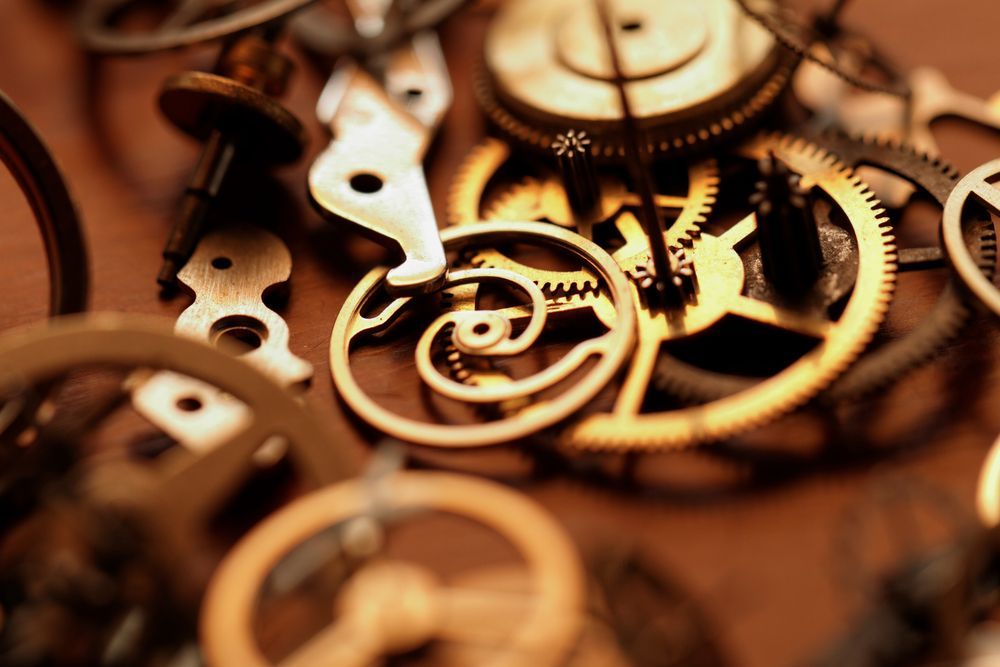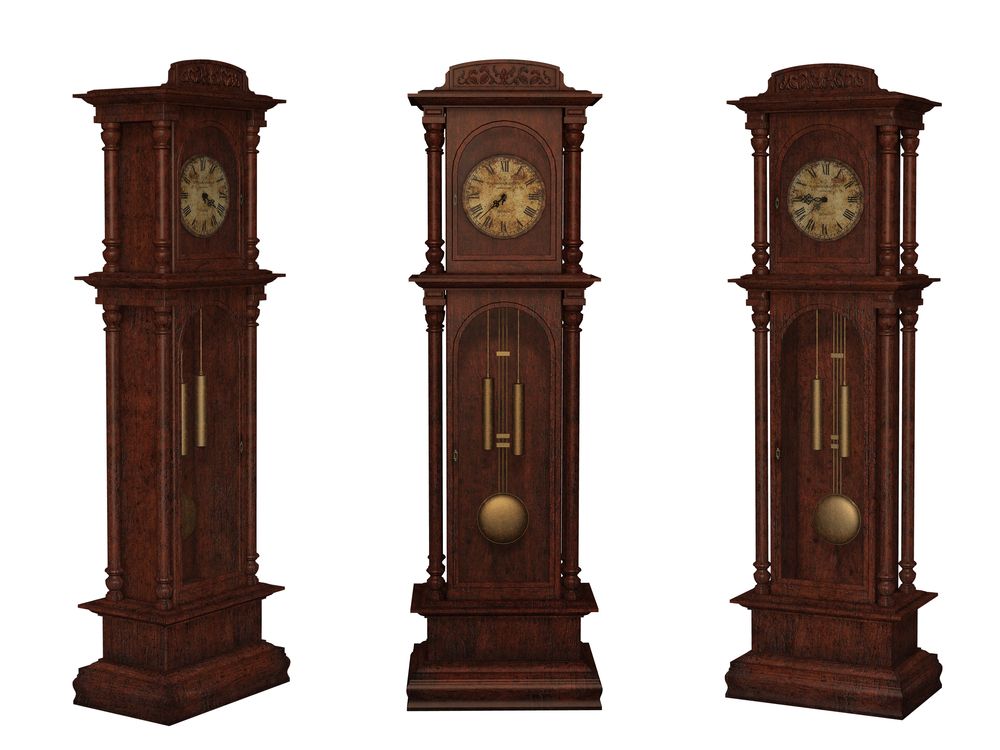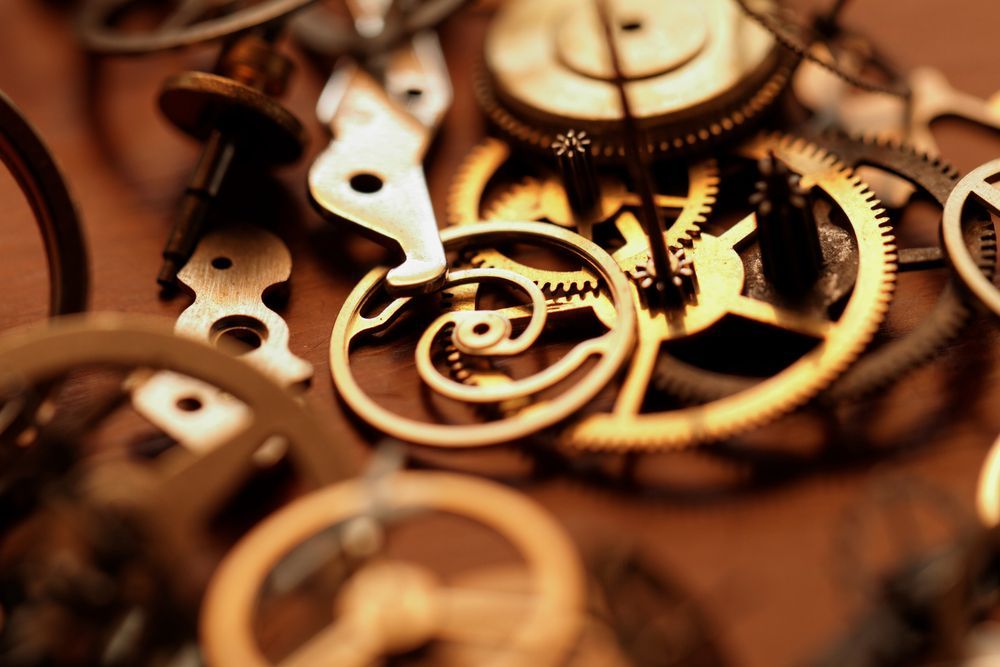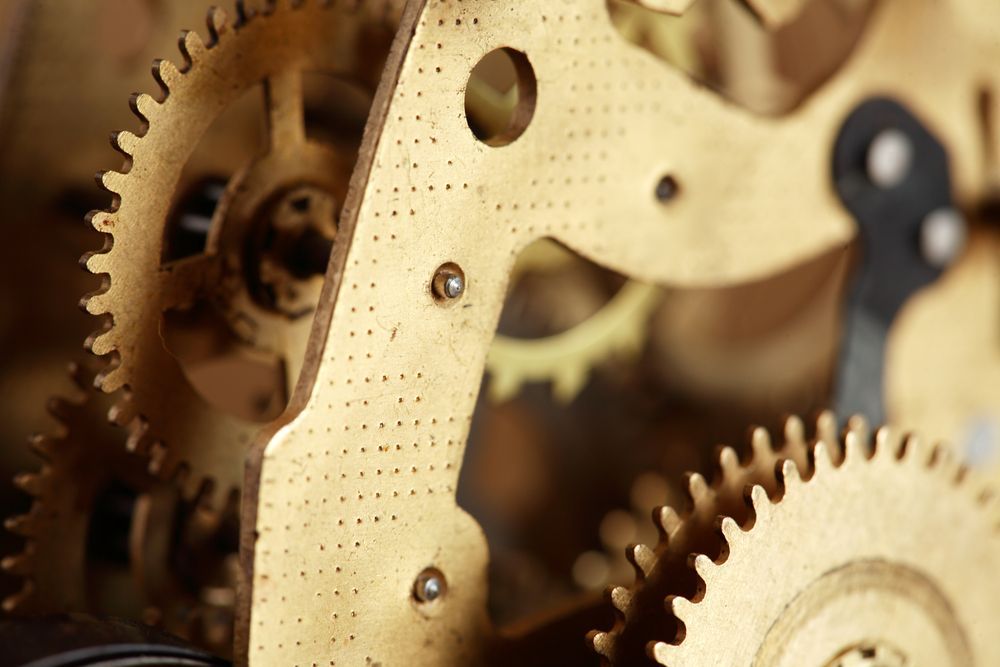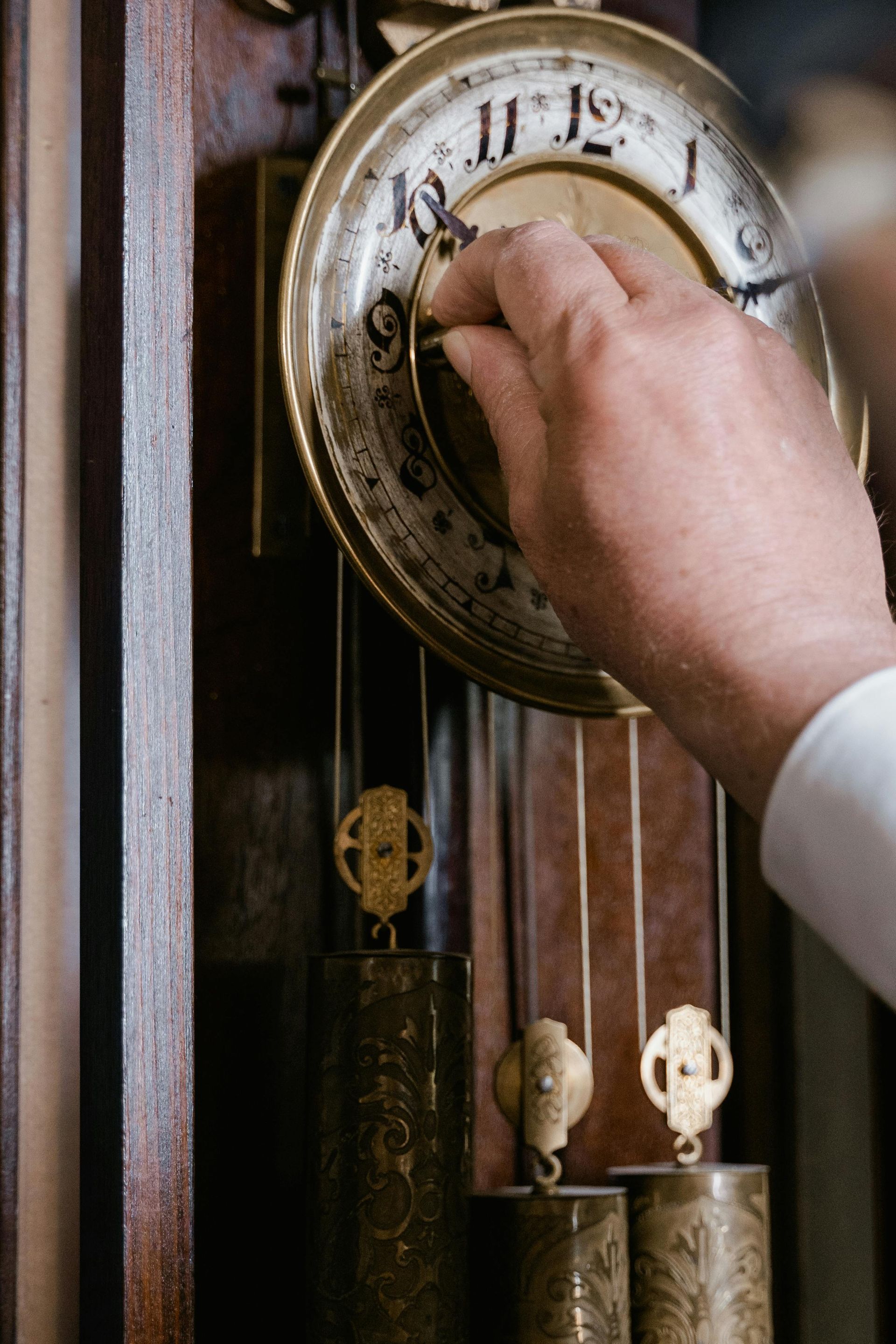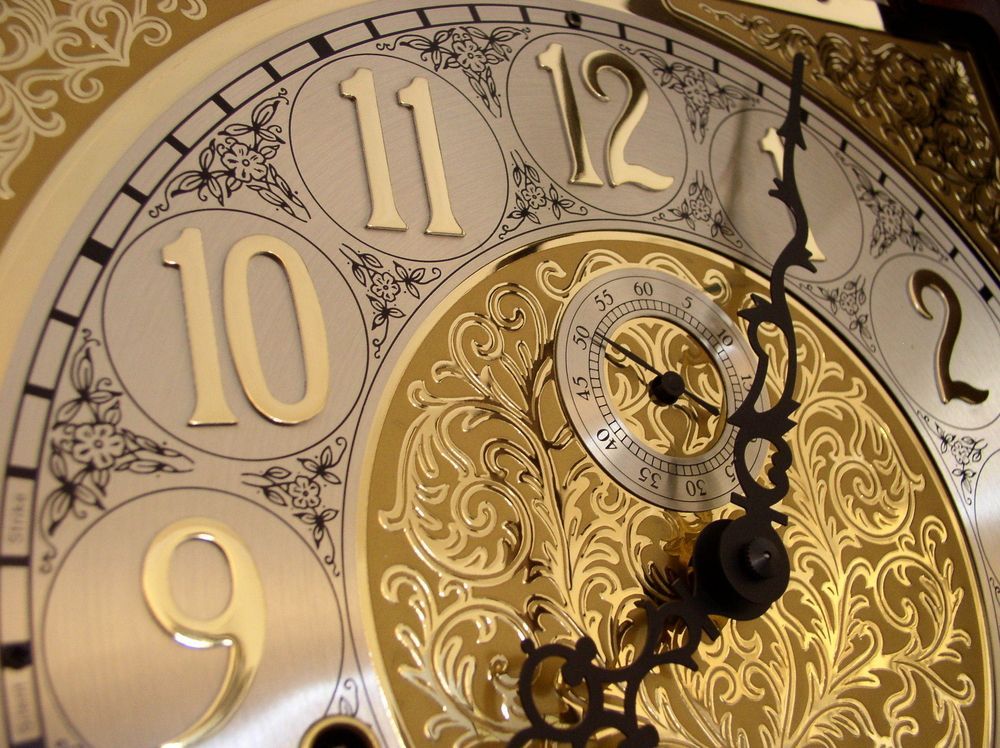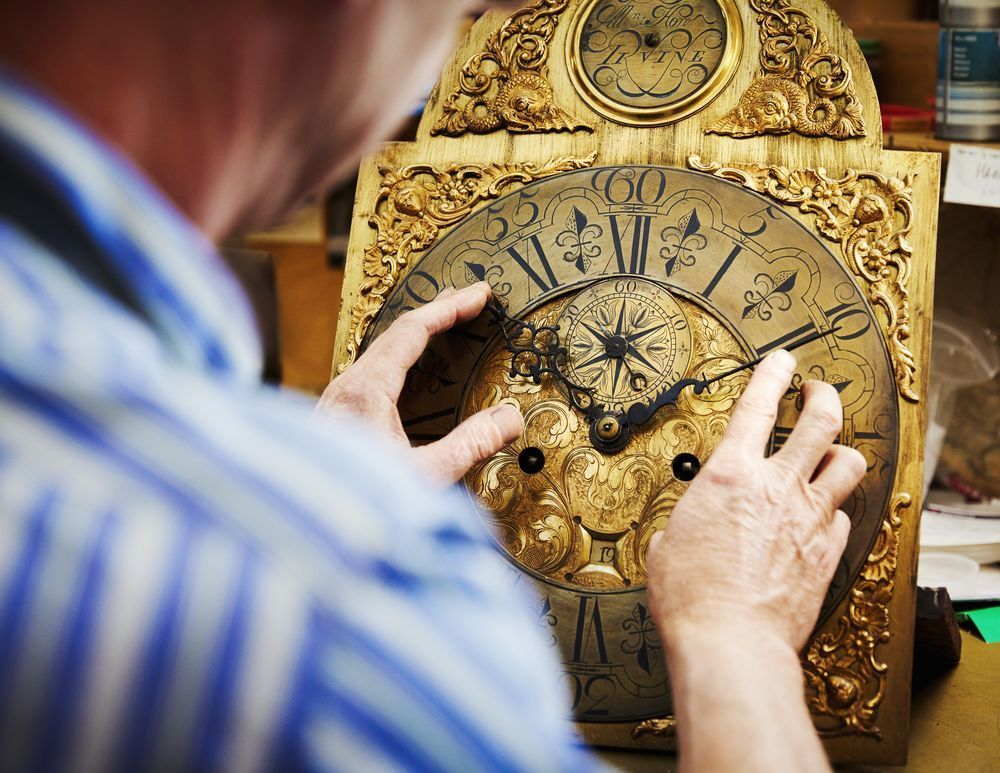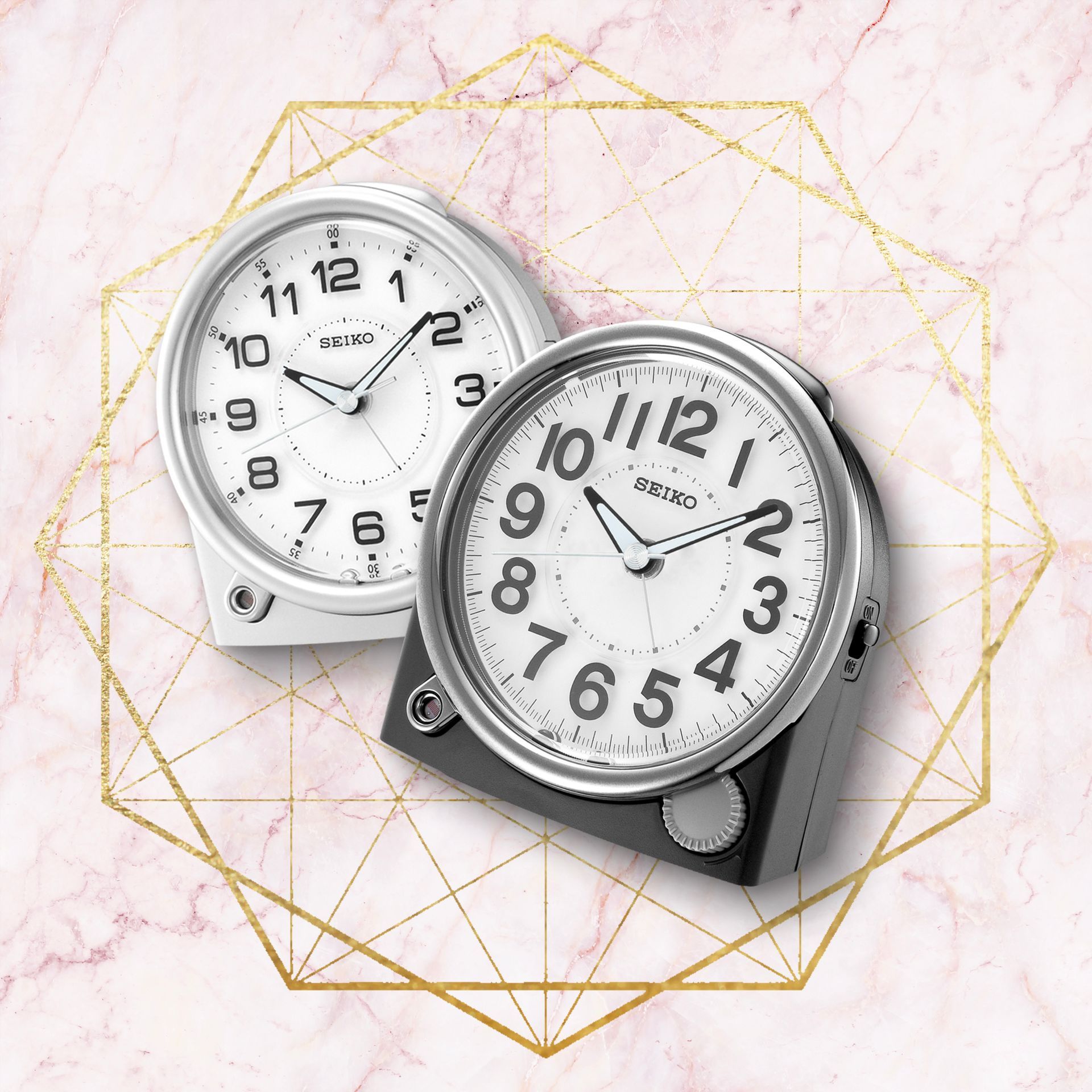The Ultimate Guide to Safely Moving Your Grandfather Clock
Grandfather clocks are not only stunning decorative pieces but also treasured family heirlooms with significant sentimental and monetary value. Their intricate mechanisms and towering structure make them both captivating and challenging to move. Whether relocating across the country or to another room, taking proper precautions is essential to safeguard your clock’s integrity.
Why Moving a Grandfather Clock Requires Special Care
Grandfather clocks are delicate instruments with complex inner workings. Mishandling can easily damage components like the pendulum, weights, or movement mechanisms. Additionally, their tall, narrow design makes them susceptible to tipping, which could cause irreparable damage or even injury.
Unlike typical furniture, moving a grandfather clock involves dismantling key components and understanding its mechanics. Improper handling can compromise both functionality and aesthetic appeal.
Tools and Supplies You'll Need
To ensure a smooth and safe move, gather the following items:
- Gloves: Protect the clock’s finish and prevent oils from your hands from causing damage.
- Moving blankets or padding: Wrap the clock to avoid scratches and damage.
- Packing tape: Secure the padding or blankets.
- Zip ties or twist ties: Secure chains or cables.
- Screwdriver: Remove components like the pendulum or weights.
- Labels or markers: Label each part for easy reassembly.
- Sturdy box: Store small parts and fragile components, such as the pendulum.
Step 1: Prepare the Clock for Moving
Remove the Pendulum
The pendulum is one of the most delicate parts. Carefully lift it from its hook and store it in a padded box. Avoid touching its surface to prevent tarnishing or imbalance.
Secure the Weights
Most grandfather clocks have three weights, each with a specific function. Remove them to prevent swinging during transit.
- Note their positions (left, center, right) and mark them.
- Wrap each weight in padding.
- Place them securely in a box.
Protect the Chains or Cables
Chains or cables connected to the weights can tangle or damage easily. Use zip ties or twist ties to secure them, preventing entanglement with other components.
Remove the Glass Panels (If Applicable)
If the clock has removable glass panels, carefully take them out. Wrap them in bubble wrap or moving blankets, secure with tape, and place in a box labeled "Fragile."
Step 2: Wrap and Protect the Clock Body
- Wrap the clock’s body in moving blankets or padding.
- Secure the padding with packing tape, ensuring it doesn’t touch the clock’s surface.
- Pay special attention to corners and edges, as they are more vulnerable to damage.
Step 3: Transporting the Clock
Use Two or More People
Grandfather clocks are heavy and awkward to handle alone. Enlist at least one other person to lift and move the clock safely.
Keep the Clock Upright
Always transport the clock upright. Laying it flat can shift internal mechanisms, leading to costly repairs. Use a dolly or furniture sliders to move the clock, and securely strap it in place during transport.
Avoid Vibrations and Sudden Movements
Grandfather clocks are sensitive to jolts and vibrations. Place it on a flat, stable surface during transport, avoid stacking items on top, and drive carefully, especially on rough roads.
Step 4: Reassembling the Clock
Position the Clock
Place the clock in its new location on a stable, level surface. Use a leveling tool if necessary.
Reattach the Pendulum
Hook the pendulum back into place, ensuring it hangs freely without obstruction.
Reinstall the Weights
Match the weights to their original positions (left, center, right) and attach them to the chains or cables. Ensure they are securely in place.
Test the Clock
Start the pendulum gently to check the clock’s functionality. Listen for consistent ticking and verify the chimes work as expected.
Common Mistakes to Avoid
- Skipping Component Removal: Always remove the pendulum, weights, and other parts before moving.
- Ignoring Weight Placement: Incorrectly placed weights can disrupt the clock’s operation.
- Failing to Secure the Clock During Transit: An unstrapped clock can tip or shift, causing serious damage.
When to Call the Professionals
If uncertain about any step or handling a valuable or antique clock, seek professional help. Experts have the tools and knowledge to move your clock safely.
Chicago Clock Company offers professional clock moving services to ensure your timepiece is relocated safely.
Protect Your Timepiece for Generations
Moving a grandfather clock requires careful planning and attention to detail. By following this guide, you can protect your clock’s mechanisms and preserve its beauty for years. If you prefer expert assistance, Chicago Clock Company is here to help. From clock repair to professional moving services, we handle your treasured timepieces with care.
Contact Us Today Don’t risk damaging your heirloom. Contact us for a free estimate and schedule an appointment. Let us help you keep time in style!

